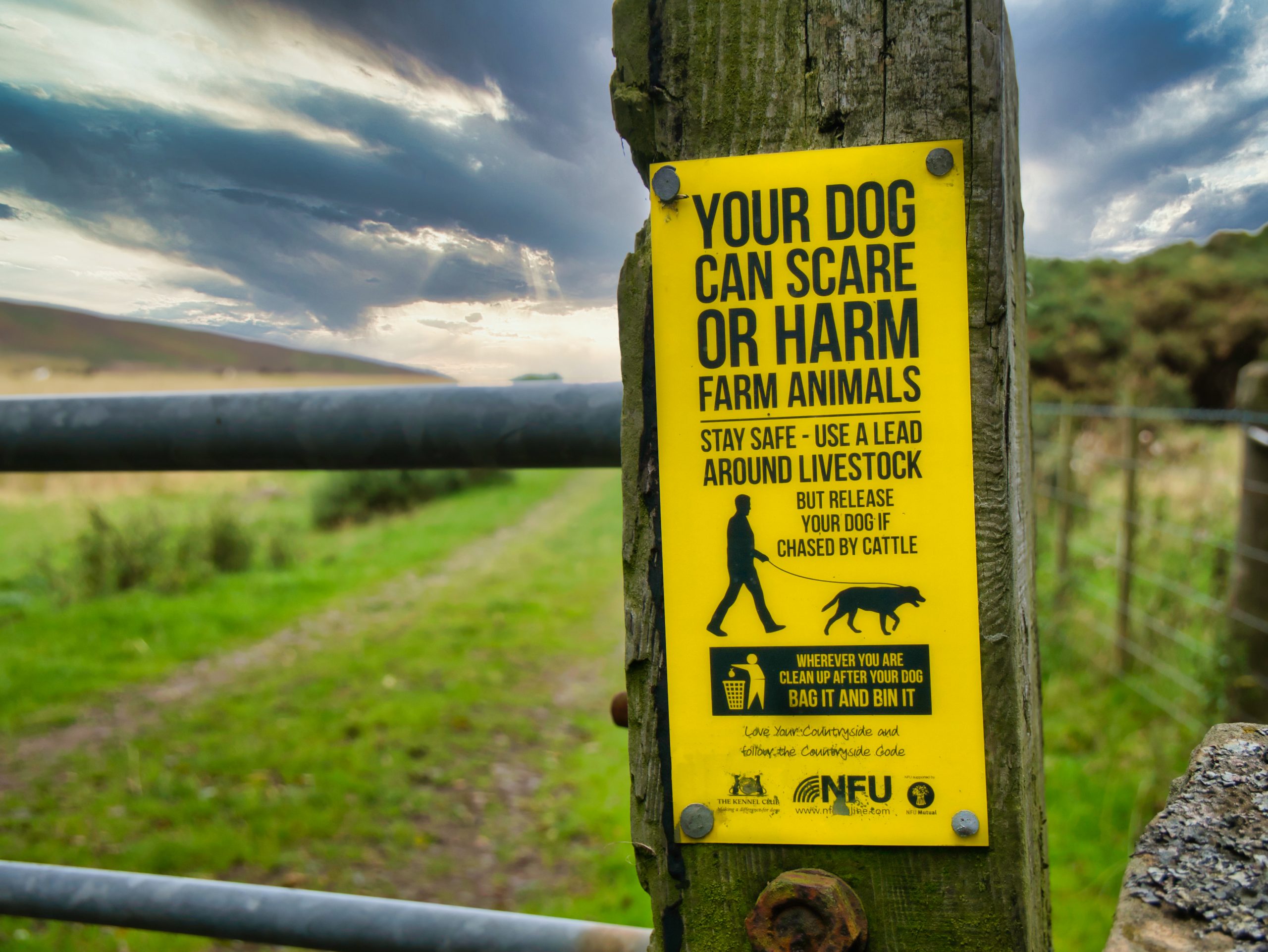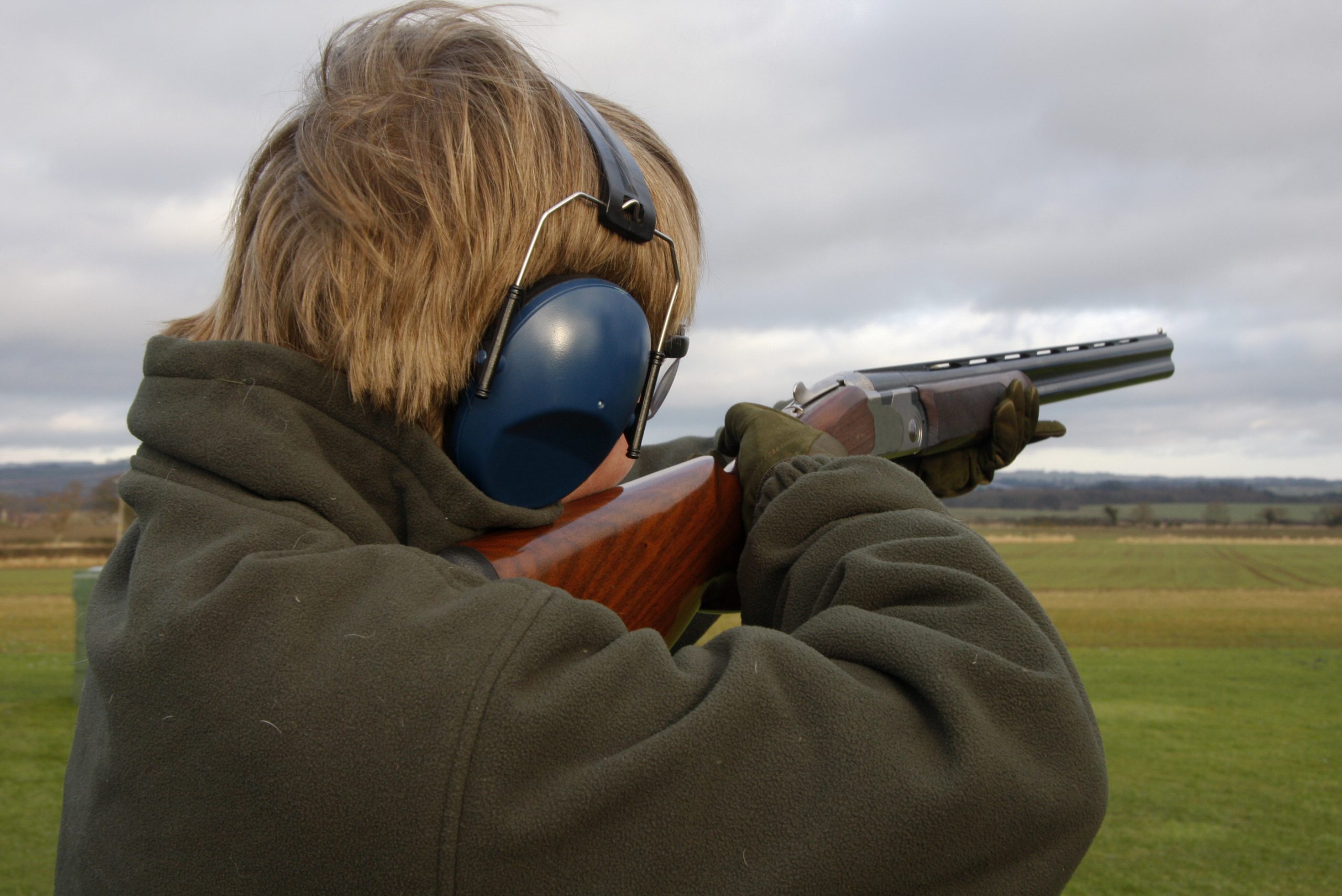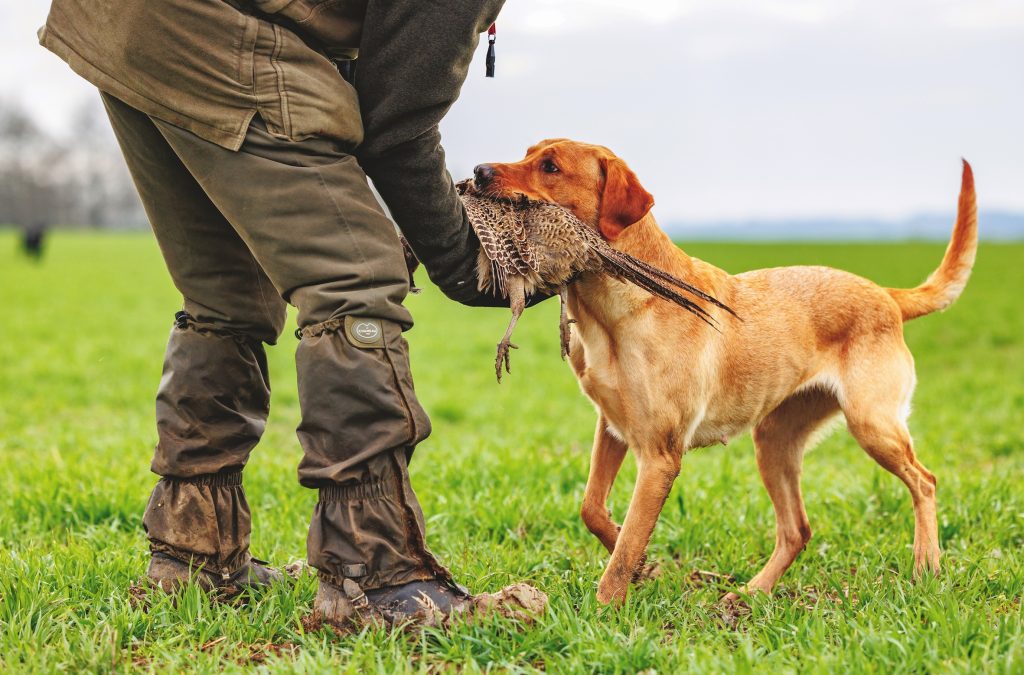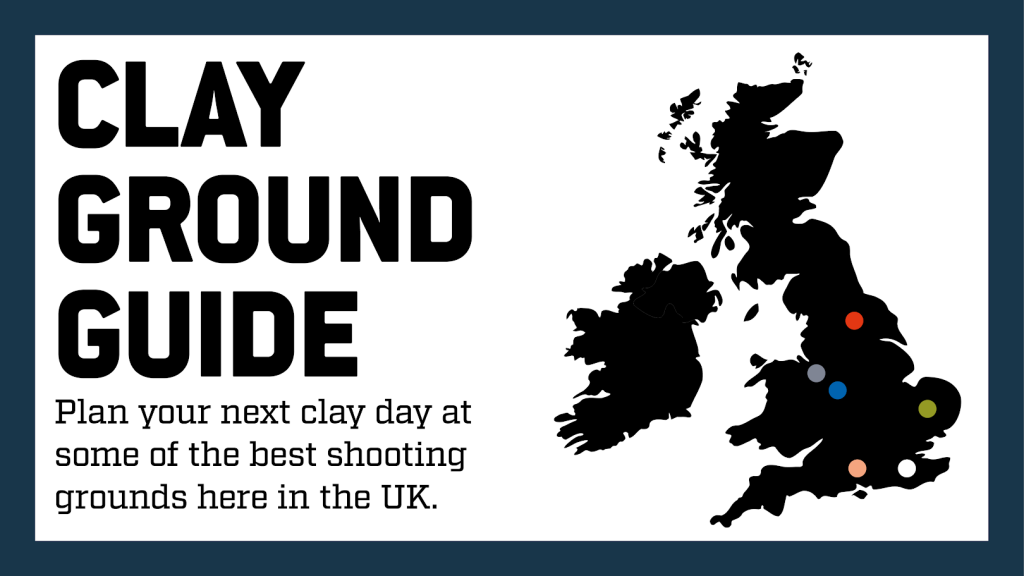Gundog food: what to feed your working dog
Ask 10 gundog owners what the best dog food is and you will get 10 different answers! Vicky Payne explores how to feed our working dogs, depending on their needs and our priorities.
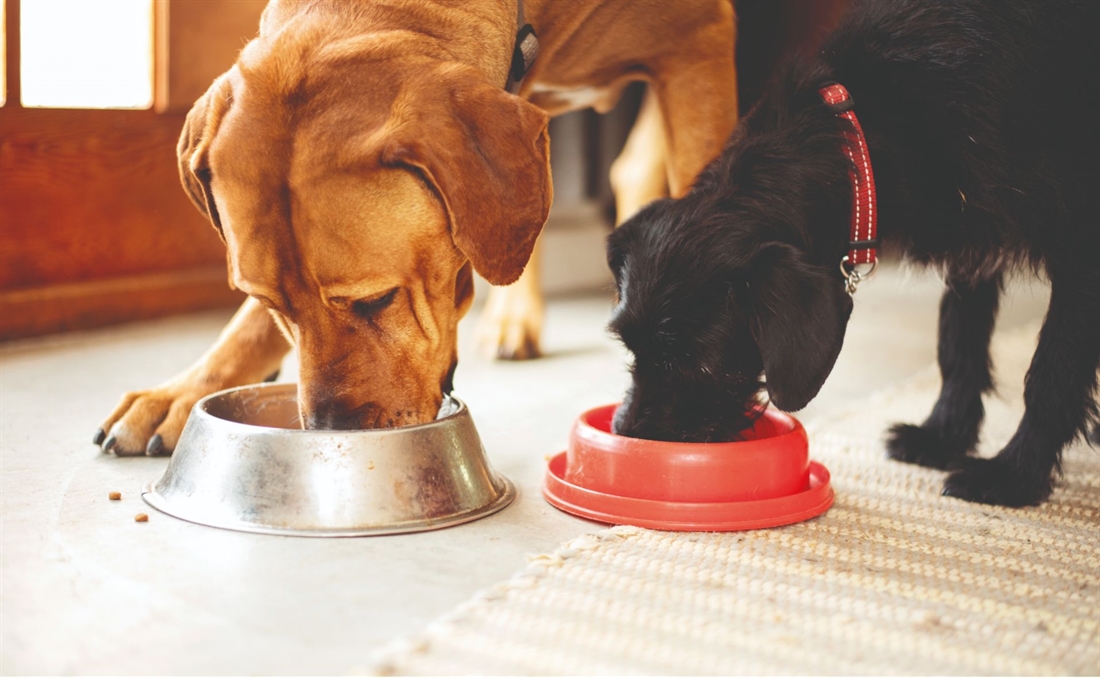
Feeding puppies
Before you bring home a new puppy, ask the breeder what the pup has been reared on. They may send you home with a small (or large!) bag of food, but you may also want to order some in, especially if it isn’t the brand you usually feed. Keep your puppy on this food until they are settled in; then, if you prefer a different brand, mix that in over a week or so to avoid stomach upsets. Don’t be surprised if your new puppy is off their food in the first few days as they get used to their new environment.
Is raw, wet, or dry dog food best?
Most gundog owners choose dry dog food for ease of storage and feeding. There is a wide selection of brands and most have versions to cater for dogs of different sizes and life stages. Cooked wet food in pouches or cans is useful to have on standby for sick or inappetent dogs but is an expensive option for a large working dog. Raw diets are popular and can allow you to make the most of trimmings from venison carcasses and breasted out game. Seek advice on creating a balanced raw diet, especially for growing or breeding dogs or use a commercially prepared raw diet. Raw feeding has been shown to increase faecal shedding of bacteria, including antibiotic-resistant strains, so good hygiene is required at all times and raw feeding is not advised where dogs mix with immune-suppressed people.
What is the most important nutrient for dogs?
Before considering what to feed to keep your dog working all day, I should mention that keeping your dog hydrated is the most important thing. Offer water little and often through the working day and make sure your dog can always access fresh water at home and on journeys. If your dog is not keen on drinking when working, try a flavoured canine electrolyte drink or boil up some chicken bones in water and offer the strained broth. A normal dog needs around 50ml/kg water every day from food and drink, meaning a 30kg Labrador could drink 1.5litres (over 2½ pints) a day.
Macros – how much of the key nutrients should I feed?
Most gundogs can be considered ‘intermediate activity’ dogs. The ideal food to sustain them through several hours of work should have 30-35% dry matter (DM) fat, 22-28% DM protein, and 35-45% DM carbohydrate. Dogs working once a week or less do not need to be on such high fat diets. Dog food packets do not list dry matter percentages, but the calculation isn’t hard to do and allows you to compare wet, dry, and raw foods.
e.g. If the pack says there is 30% protein and 10% moisture… divide the 30 by 90 then multiply by 100; this would give you a 33.3% dry matter protein.
If you use a commercial food, the pack will have guidelines about how much to feed. Ideally, measure the food out by weight rather than using cups which can lead to under- or over-feeding. An early sign of over-feeding can be loose stools. Feeding lower quality, lower calorie foods in large amounts can lead to dogs being uncomfortably full. Charts are available to allow you to work out your dog’s calorific requirement, but the calories are not usually listed on the packaging.
When to feed your working dog?
It takes 1-2 hours for food to leave your dog’s stomach, so it is recommended that 2 hours is the minimum time between feeding and working. Giving around 1/3 of the daily requirement before work should minimise the risk of low blood sugar during the working day. The remaining rations can be given around an hour after work when dogs have recovered.
Using a higher protein, higher fat food should lead to steady glucose levels through the day. Using a high carbohydrate food can cause a spike in blood sugar 1-2 hours after a meal (which could be seen as excitable behaviour), followed by a crash around 4 hours later. Fit dogs in good body condition should not need a snack at elevenses to keep them going, however many of us would feel guilty tucking into a sausage roll without treating our dogs! Several dog energy bars are now available but look for protein- and fat-based snacks rather than carb-loaded ‘cereal bar’ type treats.
Should you change food?
If your dog has enough energy for a day’s work, is well muscled, has well-formed faeces, and has a shiny coat, you probably don’t need to change their diet. If they lack energy or are struggling to complete tasks, ensure they are not suffering pain and that they are properly trained and fit before changing the diet.
As the cost-of-living crisis hits, you may be looking for a cheaper way to feed your gundogs. Always look at the quality of ingredients and recommended feeding amounts as well as the cost per bag as cheap food is not always value for money and can even cost more per meal than higher quality foods.

